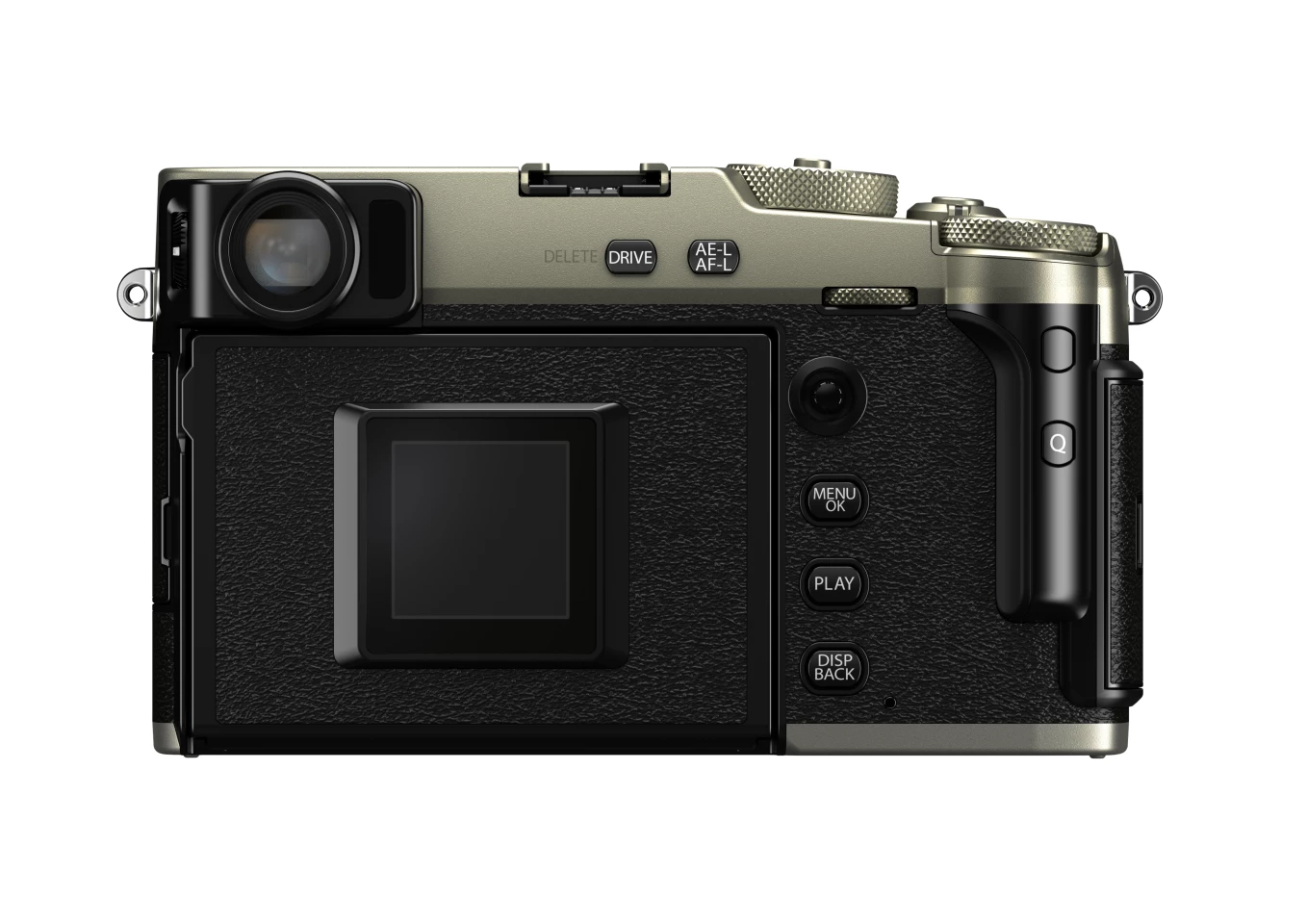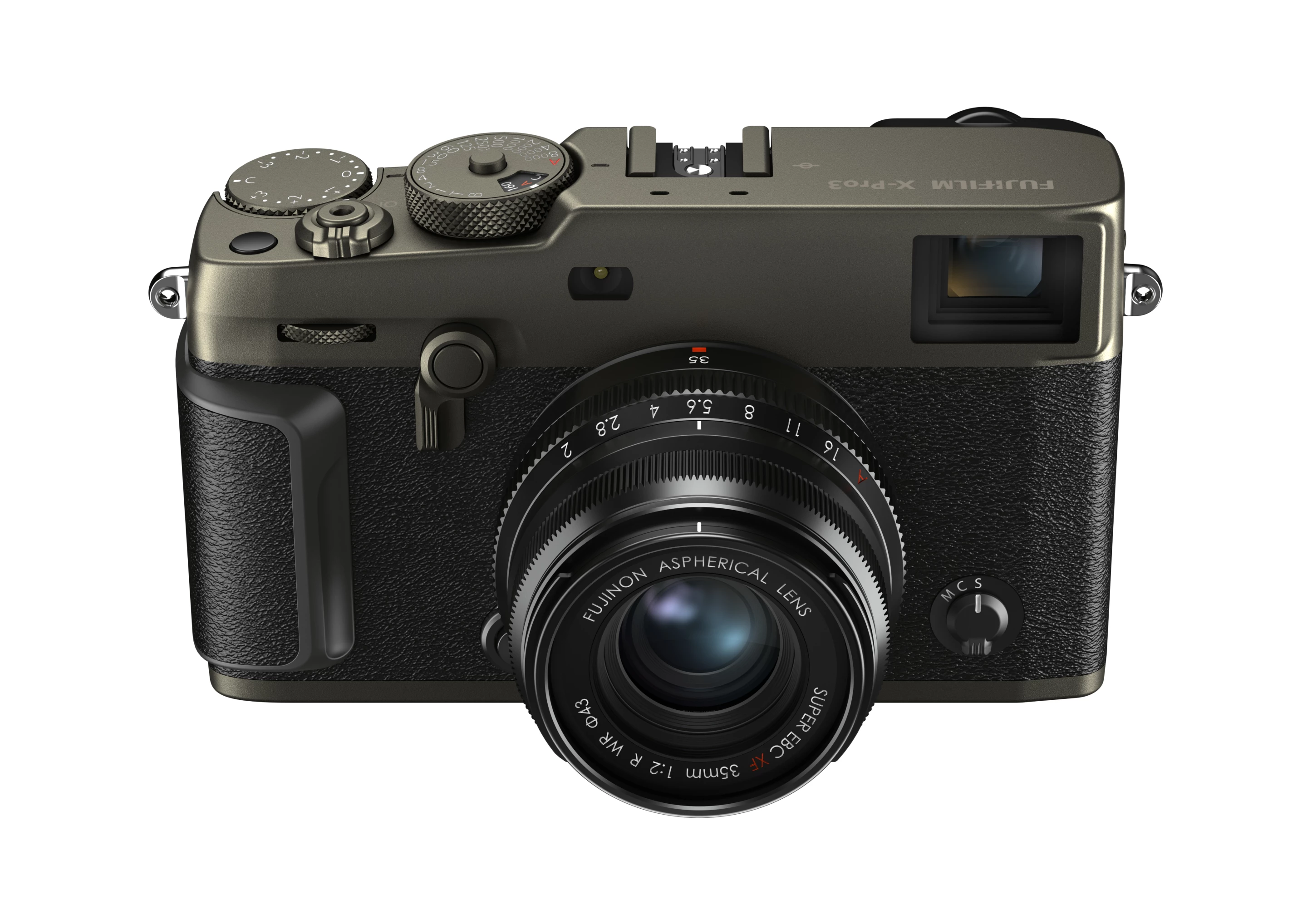Before the camera world went digital, framing a shot was undertaken through a viewfinder. Even though many still bring their eye up to the camera, others make use of a live view monitor around back to preview a scene or one that's touch-enabled to frame up and take the photo. The latest X-series flagship from Fujifilm has been designed to reconnect photographers with the viewfinder.
Fujifilm last updated its X-Pro retro-styled mirrorless camera in 2016, and the successor retains the same overall aesthetic but there are a few changes of note. Instead of an all magnesium alloy chassis, Fujifilm has opted to mix things up with a magnesium alloy interior and titanium exterior for the X-Pro3. The new body has been weather-sealed at 70 points.
In pursuit of what it calls "Pure Photography," Fujifilm has made a couple of changes to the advanced hybrid viewfinder that debuted in the X-Pro2. This setup allows the photographer to switch between optical and electronic modes, with the latter now making use of a 3.69-million-dot organic electroluminescent (OLED) panel. Where the optical mode allows the user to see a subject as is, the electronic mode caters for checking settings while shooting too.

Around back you'll find a 3-inch, 1.62-million-dot tilting LCD monitor with a difference. It comes closed by default, where a 1.28-inch Memory LCD display shows camera settings info whether the camera is powered on or not. Rather than offering a vari-angle panel, Fujifilm has installed one that can only be tilted down by 180 degrees.
Elsewhere, the X-Pro3 features a back-illuminated 26.1 megapixel X-Trans APS-C (23.5 x 15.6 mm) CMOS sensor and X-Processor 4 image processor pairing seen in the X-T3, for light sensitivity of ISO80-51,200 and up to 11 frames per second continuous shooting. There's hybrid autofocus, too, with the phase-detection AF benefiting from a new algorithm for improved speed and accuracy, even during very low-light photography.
And movie-makers are treated to Cinema 4K and 4K UDH available at up to 30 fps and Full HD at up to 120 fps. Bluetooth 4.2 and 802.11n Wi-Fi are included for remote operation and wireless data transfer.
The X-Pro3 will be available from late November, pricing starts at US$1,799.95. The video below has more.
Product page: X-Pro3







